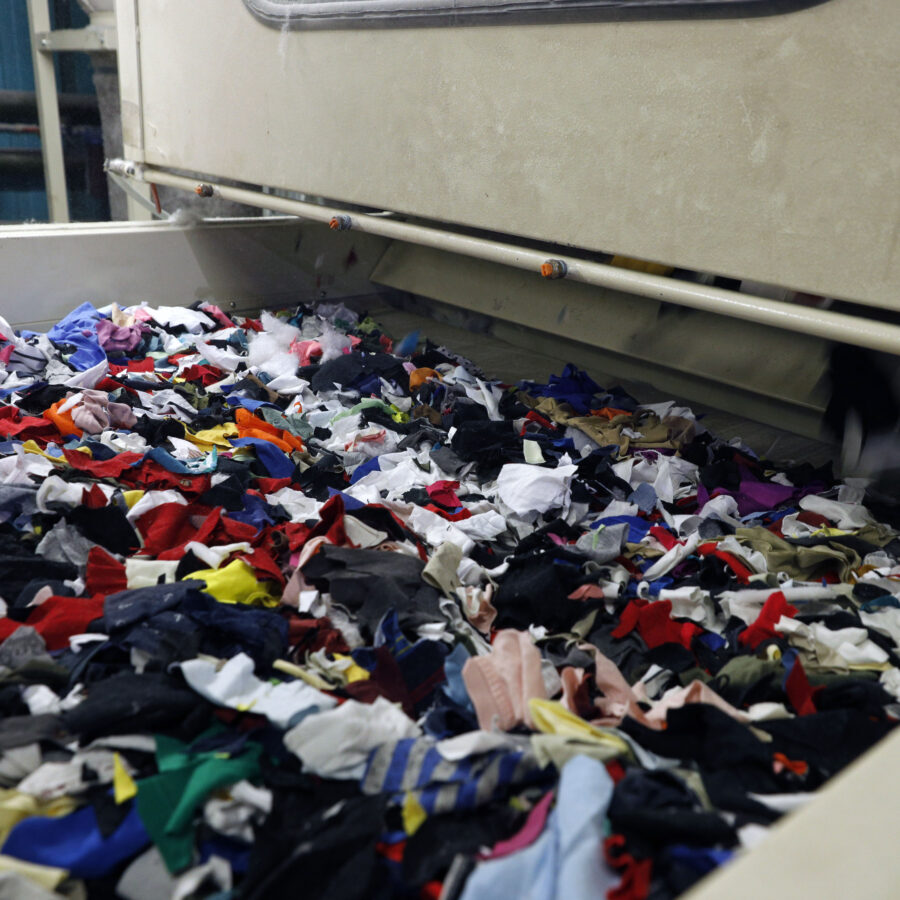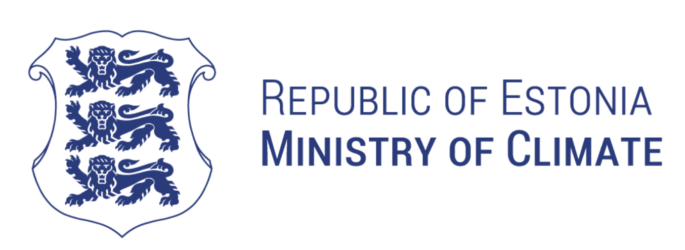
The EU’s Waste Framework Directive requires all Member States to introduce separate collection of textile waste from 1 January 2025. Separate collection will be the responsibility of local authorities, which will be able to choose the appropriate collection method. This means that, in addition to accepting textile waste at waste collection points, the local authority must also organise waste collection, textile waste collection containers, collection circles, etc.
In 2020, Estonia generated 3968 tonnes of separately collected textile waste. It is estimated that 18 500 tonnes of textile waste were not collected separately (e.g. handed over with mixed municipal waste). In total, 17 kg of textile waste per person per year is generated in Estonia. Of which less than 1 kg undergoes recycling. The remainder currently ends up in landfills or incinerators. The implementation of the new requirement will lead to a significant increase in separately collected textile waste.
Currently, there is some recycling of industrial textile waste in Estonia, but there is no recycling capacity for post-consumer textile waste.
The aim of this study is to increase the recycling of textile waste:
(a) Map and assess the post-consumer textile recycling capacity in Estonia;
(b) Based on this mapping and assessment, to identify the best solutions for the different textile streams and to identify the resulting opportunities (investment needs, measures and activities).
The main outcome of the study will be to identify whether and what recycling capacity can be built in Estonia to promote the recycling of textile waste.
The work is commissioned by the Ministry of Climate.

